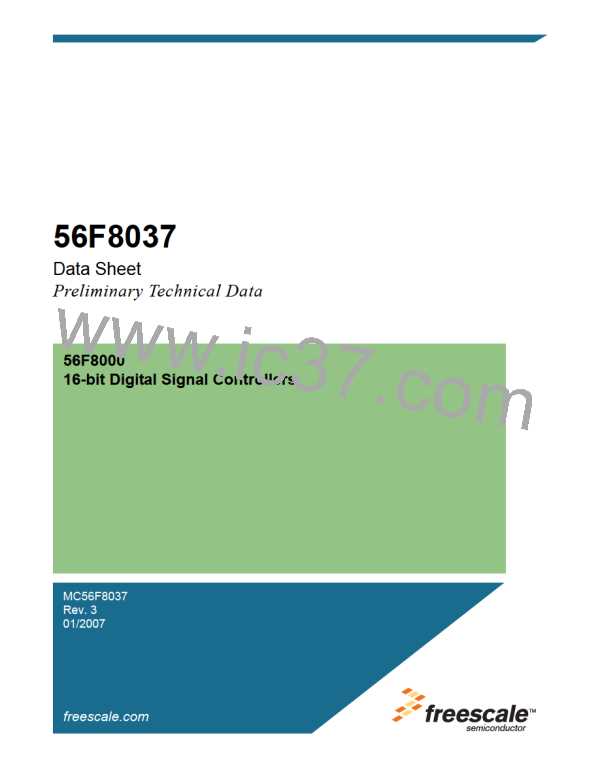Table 2-3 56F8037 Signal and Package Information for the 64-Pin LQFP (Continued)
Signal
Name
LQFP
Pin No.
StateDuring
Reset
Type
Signal Description
GPIOA10
35
Input/
Output
Input,
internal
pull-up
enabled
Port A GPIO — This GPIO pin can be individually programmed as
an input or output pin.
(TB26)
Input/
Output
TB2 — Timer B, Channel 2.
Input
Comparator A, Input 2 — This is an analog input to Comparator A.
(CMPAI2)
After reset, the default state is GPIOA10. The peripheral functionality
is controlled via the SIM. See Section 6.3.16.
6The TB2 signal is also brought out on the GPIOA13 pin.
GPIOA11
6
Input/
Output
Input,
internal
pull-up
enabled
Port A GPIO — This GPIO pin can be individually programmed as
an input or output pin.
(TB37)
Input/
Output
TB3 — Timer B, Channel 3.
Input
Comparator B, Input 2 — This is an analog input to Comparator B.
(CMPBI2)
After reset, the default state is GPIOA11. The peripheral functionality
is controlled via the SIM. See Section 6.3.16.
7The TB3 signal is also brought out on the GPIOA14 pin.
GPIOA12
37
Input/
Output
Input,
internal
pull-up
enabled
Port A GPIO — This GPIO pin can be individually programmed as
an input or output pin.
(SCLK1)
Input/
Output
QSPI1 Serial Clock — In the master mode, this pin serves as an
output, clocking slaved listeners. In slave mode, this pin serves as
the data clock input. A Schmitt trigger input is used for noise
immunity.
(TB18)
(TA19)
Input/
Output
TB1 — Timer B, Channel 1.
TA1 — Timer A, Channel 1.
Input/
Output
After reset, the default state is GPIOA12. The peripheral functionality
is controlled via the SIM. See Section 6.3.16.
8The TB1 signal is also brought out on the GPIOB11 pin.
9The TA1 signal is also brought out on the GPIOB5 pin.
Return to Table 2-2
56F8037 Data Sheet, Rev. 3
26
Freescale Semiconductor
Preliminary

 FREESCALE [ Freescale ]
FREESCALE [ Freescale ]